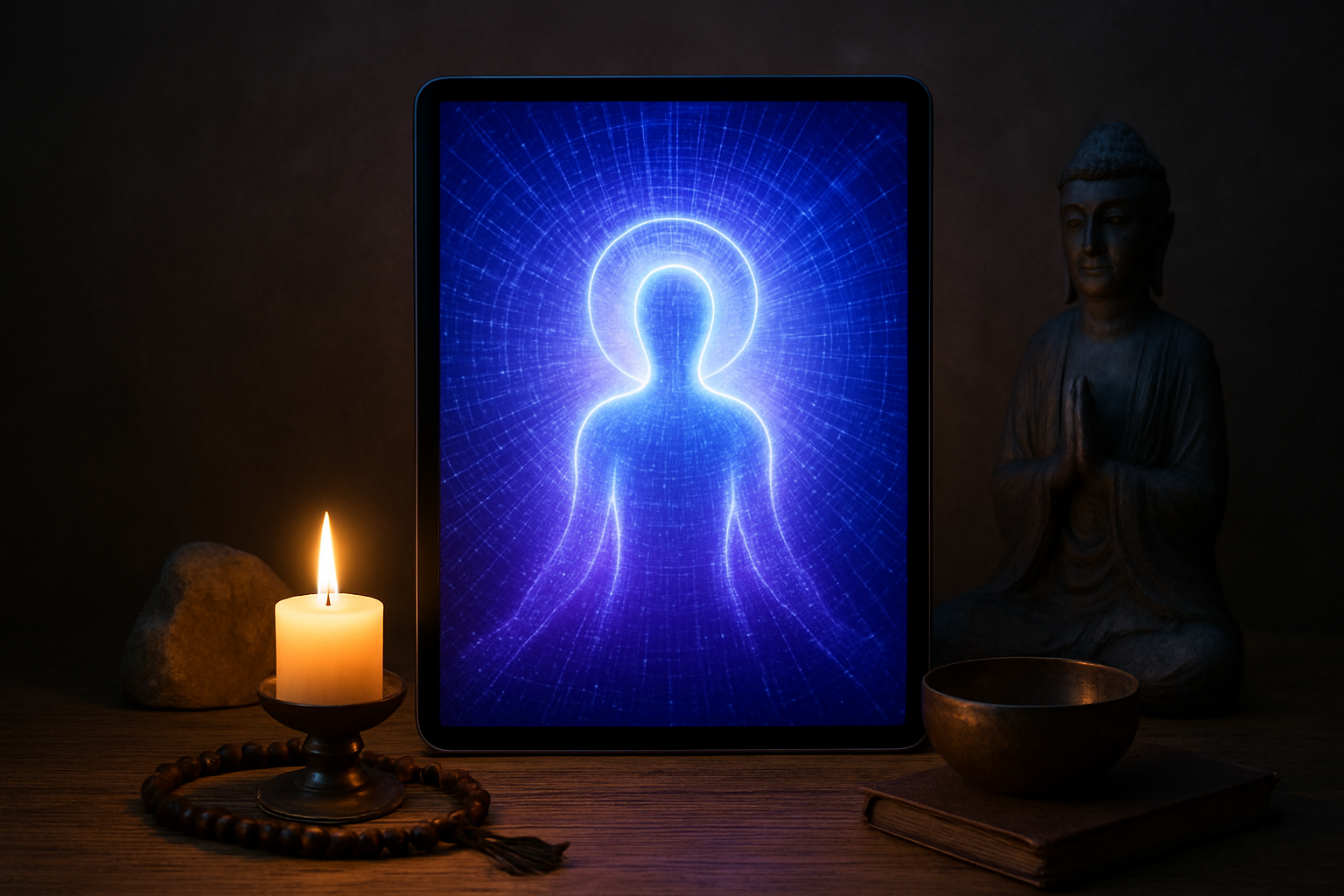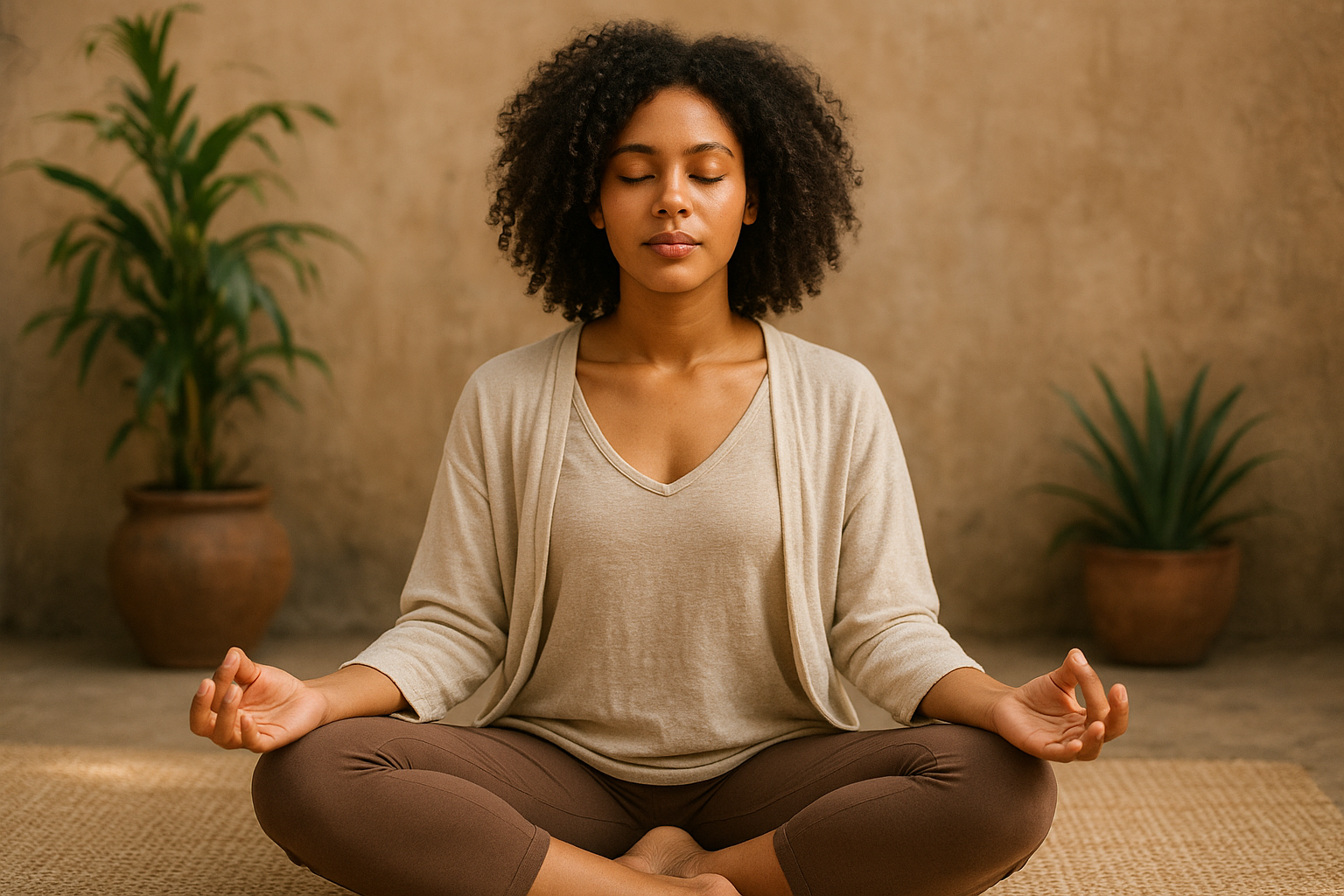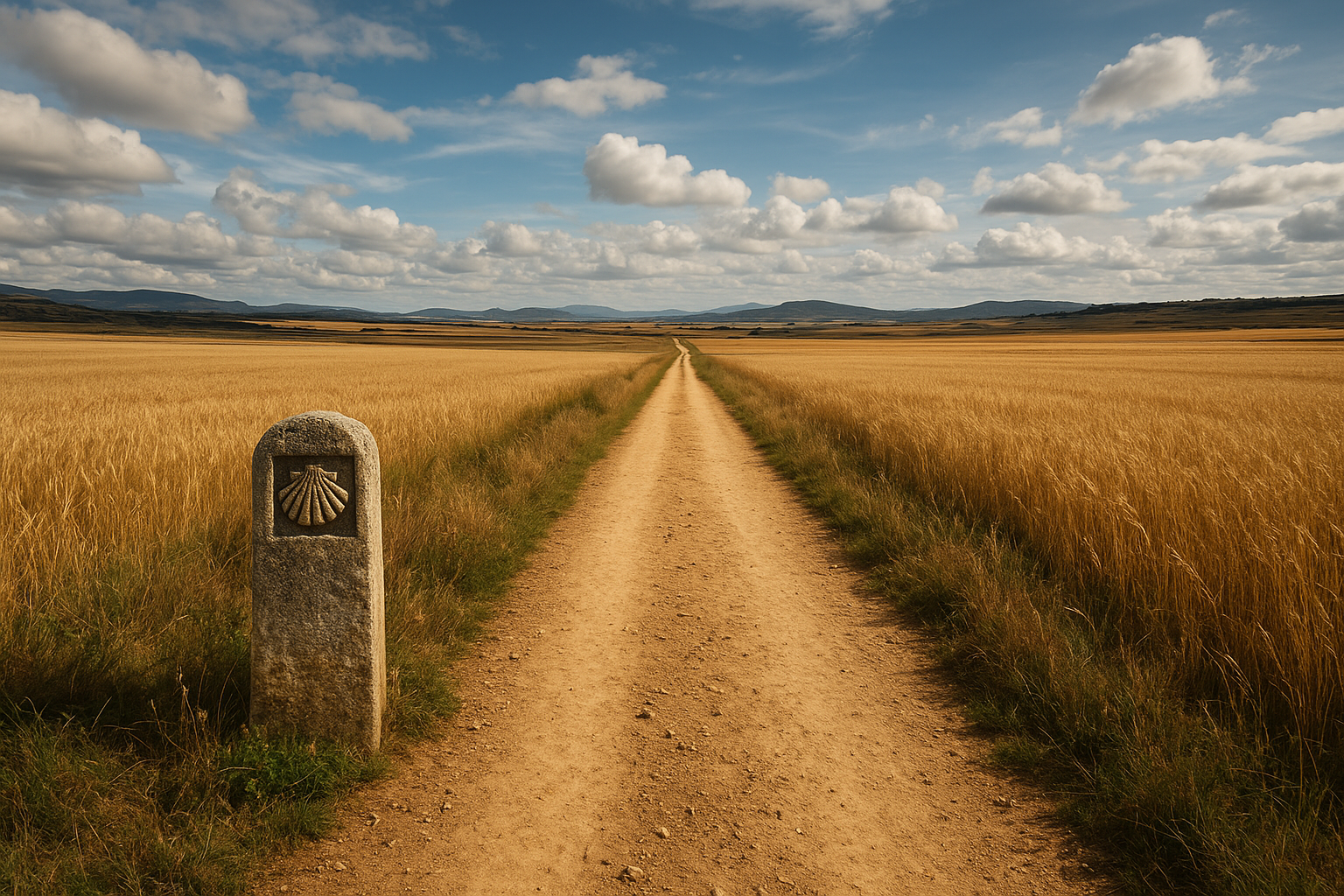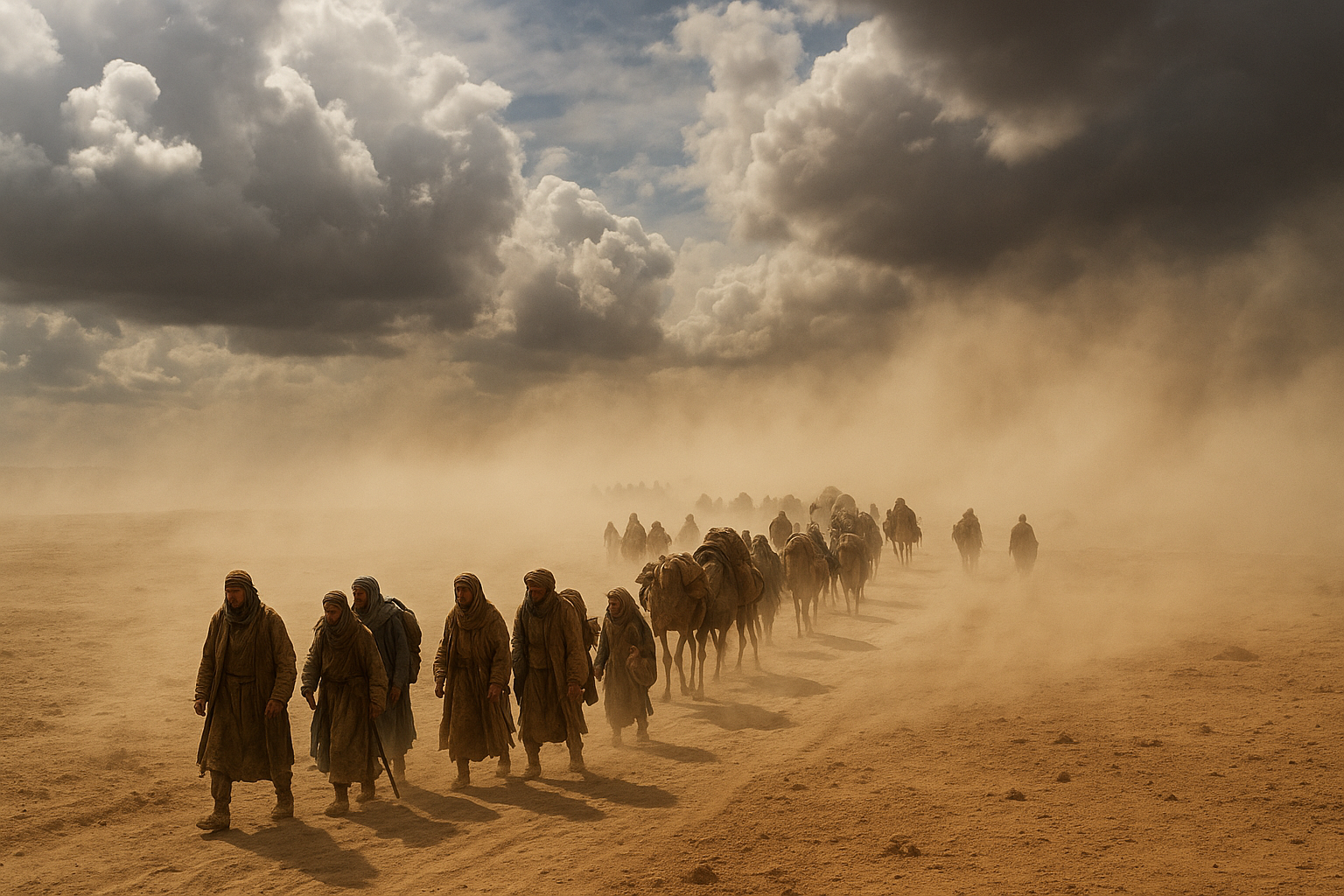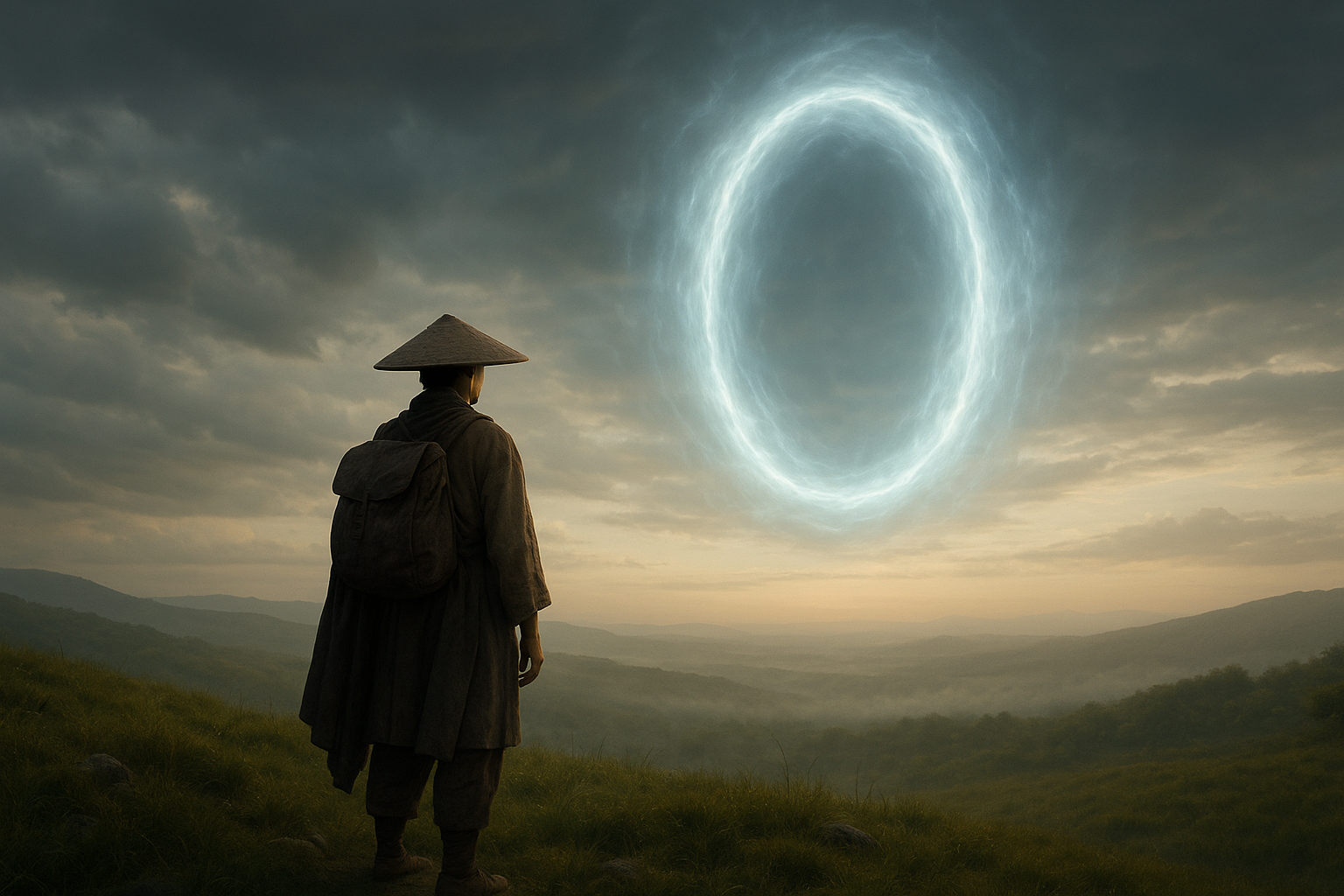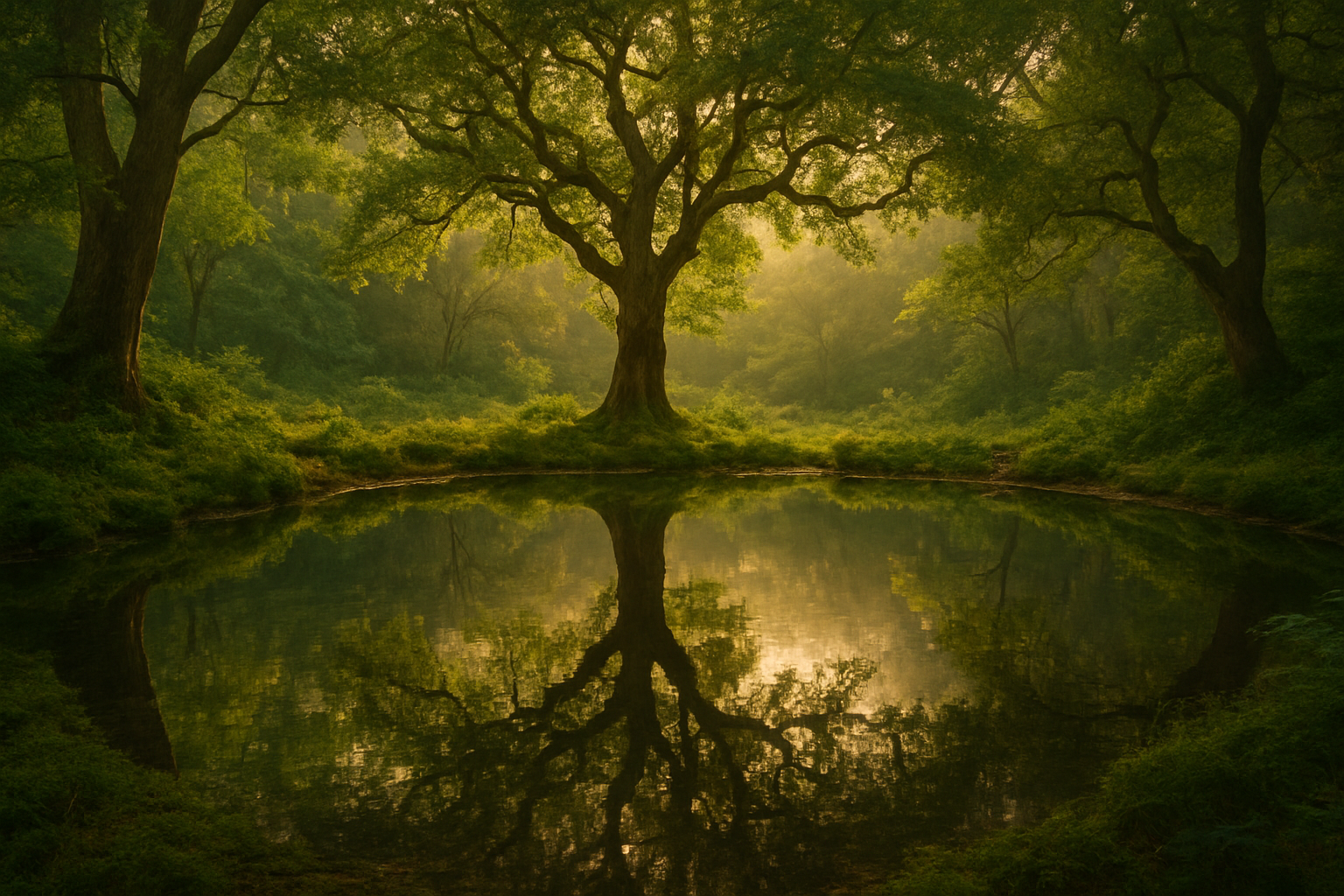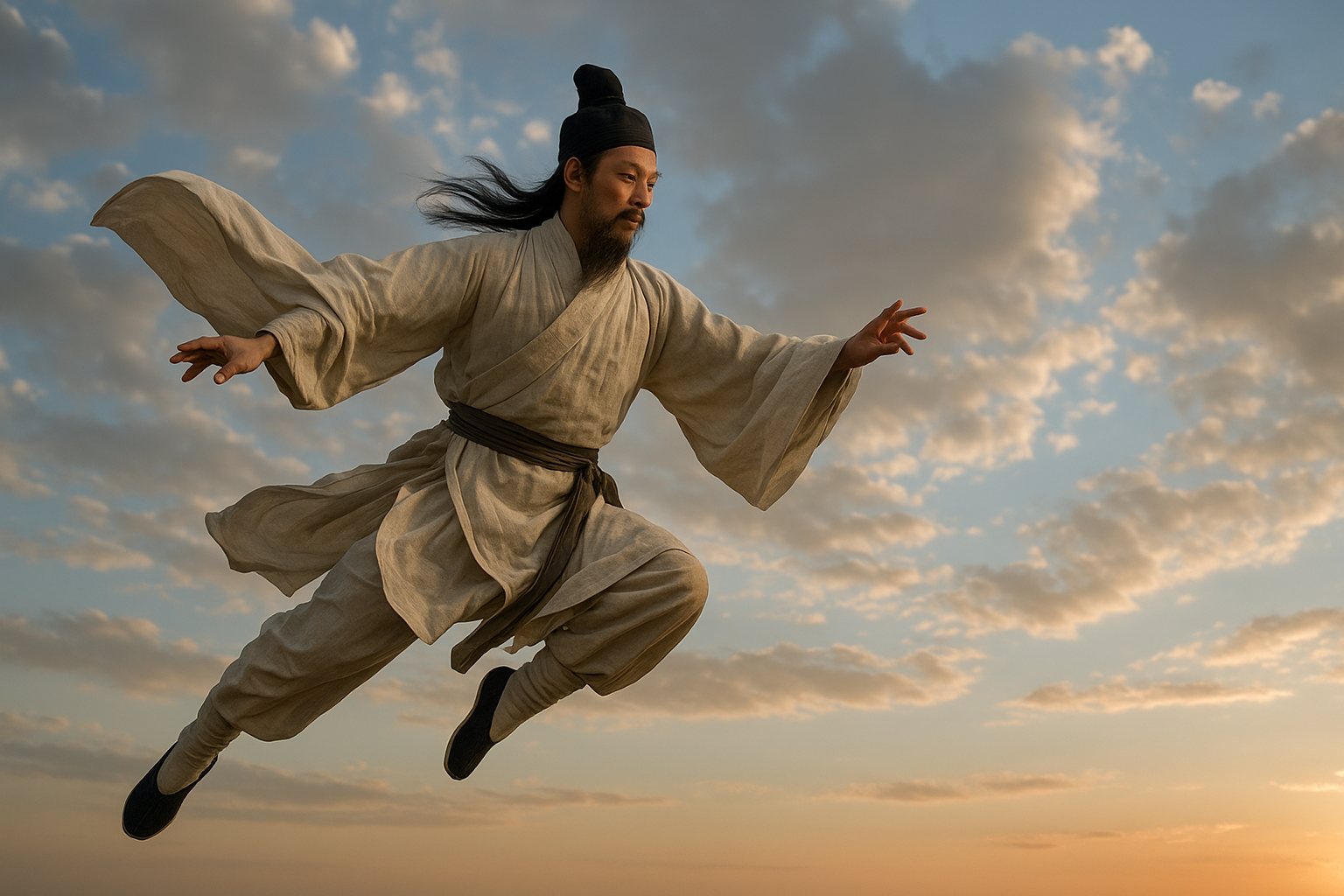The Artist’s Prayer: Finding Transcendence in Visual Creation
The act of creation can often feel like a spiritual journey, a sacred endeavor that connects the artist to something greater than themselves. When words fail, visual art becomes a powerful form of transcendence, allowing both creator and observer to find deeper meaning in life. In this exploration, we delve into how art serves as a prayer, a meditation in motion, and a conduit for divine connection.
The Spiritual Aspects of Art
From cave paintings to modern installations, art has always been an intimate part of human spirituality. It reflects our inner worlds and our highest aspirations, acting as both a mirror and a window. For many artists, the process of creating is akin to prayer—a purposeful act of devotion and introspection.
Marc Chagall, a prolific 20th-century artist, once expressed, “The dignity of the artist lies in his duty of keeping awake the sense of wonder in the world.” Chagall’s words encapsulate the artist’s quest for transcendence, where the act of creation becomes a sacred duty to evoke wonder and awaken the divine sensibility within the observer.
Art as Meditation
Much like meditation, the process of creating art demands presence, surrender, and an openness to the unknown. It is an exercise in mindfulness where the artist is fully immersed in the act of creation. Each stroke of the brush or curve of the sculpture becomes a mantra, bringing the artist closer to a state of inner peace and clarity.
Research shows that engaging in creative activities can reduce stress, diminish anxiety, and improve overall mental health. In a study published in The Journal of Positive Psychology, it was reported that people who partake in creative pastimes, including visual art, experience increased positive mood states and a sense of flourishing. When art is approached as a meditative practice, it fosters a deep state of tranquility and self-awareness.
The Sacred Dance of Flow
The concept of “flow” is often discussed in the context of artistic creation. Csikszentmihalyi describes flow as a state where one is fully engaged and absorbed in the activity, leading to peak levels of creativity and efficiency. Within this flow state, artists often experience moments of transcendence and union with their creative source.
“The best moments in our lives are not the passive, receptive, relaxing times. The best moments usually occur if a person’s body or mind is stretched to its limits in a voluntary effort to accomplish something difficult and worthwhile.” — Mihaly Csikszentmihalyi
While in the flow, artists lose track of time and self-consciousness, merging with their work in an act of creation that feels deeply spiritual. Such states are not only fulfilling but also allow for the emergence of genuine and transformative art.
The Artistic Community As a Collective Prayer
At times, art transcends individual practice and becomes a communal experience. Art communities and collaborations can act as collective prayers, where shared creative energy fosters a deeper spiritual connection. Participating in such communities often provides artists with support, inspiration, and a sense of belonging.
Artistic gatherings, whether physical or virtual, serve as sanctuaries of creative expression. They allow artists to share their visions and be inspired by others, building a communal tapestry of imagination that reflects humanity’s most profound thoughts and feelings. These collective endeavors often amplify the transcendent quality of art by blending multiple voices into a harmonious artistic hymn.
Art as a Bridge to The Divine
Throughout history, many have used art as a medium to connect with the divine. Iconography and religious art across cultures often aim to represent the sacred, offering tangible representations of spiritual beliefs and experiences.
Artists like Hilma af Klint, whose work anticipated the abstract movement, saw their art as a spiritual pursuit, a medium through which to channel otherworldly wisdom. Her large-scale paintings were filled with symbolism, spiritual motifs, and transcendent themes, which she believed were guided by higher powers.
To view art is to step into a space where the divine is accessible. Artworks become gateways to other realities, and in observing them, we find ourselves momentarily freed from the confines of the material world, opening ourselves to the infinite possibilities of the spirit.
The Power of Vulnerability in Artistic Expression
Creating art necessitates vulnerability, an openness that parallels the humility required in spiritual practice. By exposing their innermost thoughts, fears, and dreams, artists engage in a profound act of trust. This vulnerability is a powerful aspect of their prayer, an acknowledgment of their limitations and a hopeful reaching toward understanding and acceptance.
In an interview, Ai Weiwei remarked, “Expressing oneself is a part of being human. To understand oneself is a stepping stone to understanding others.” In the same vein, allowing oneself to be vulnerable in art is an act of courage and a step toward communal and self-understanding.
Conclusion
The artist’s journey is deeply intertwined with the quest for transcendence. Through art, individuals not only express but transform their realities, reaching toward the divine. Each brushstroke, piece of clay, or captured photograph acts as a prayer—a testament to the power of creativity in exploring deeper truths and connecting to the universal soul.
May artists everywhere continue to find their voice through this sacred practice, and in doing so, weave threads of beauty, peace, and understanding into the fabric of our collective existence.
For more insights on the connection between spirituality and creativity, visit Psychology Today: Creativity and Spirituality.


